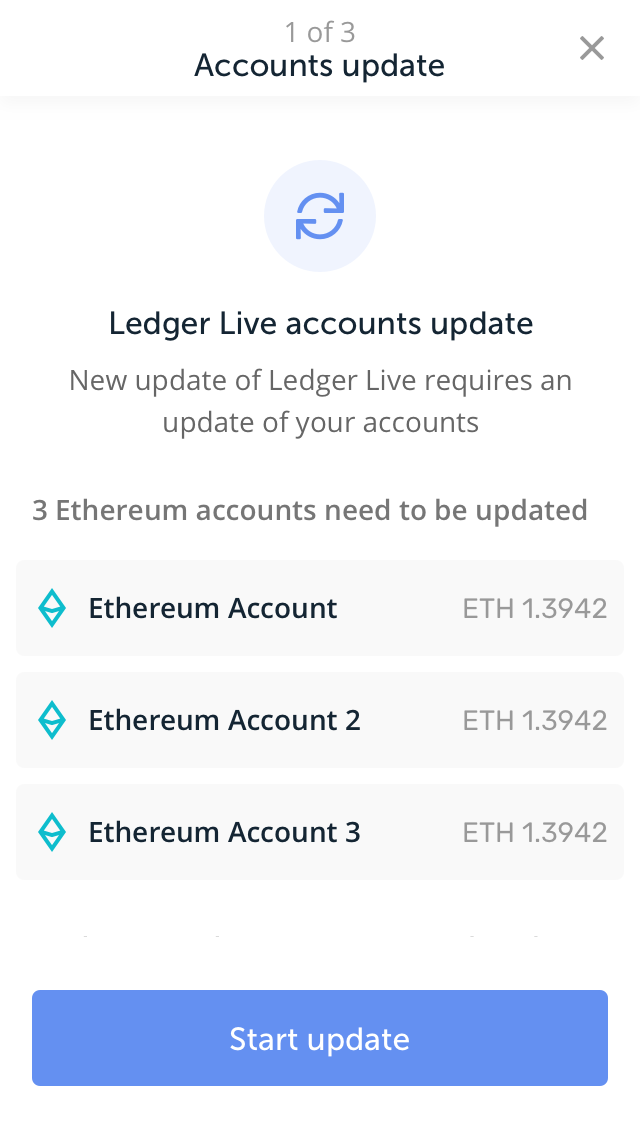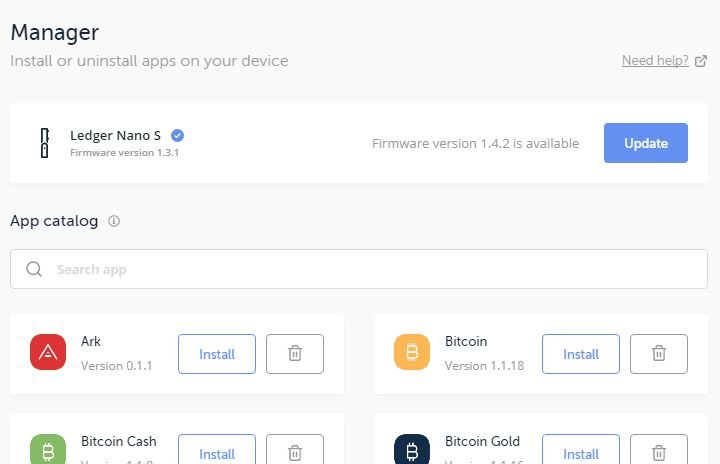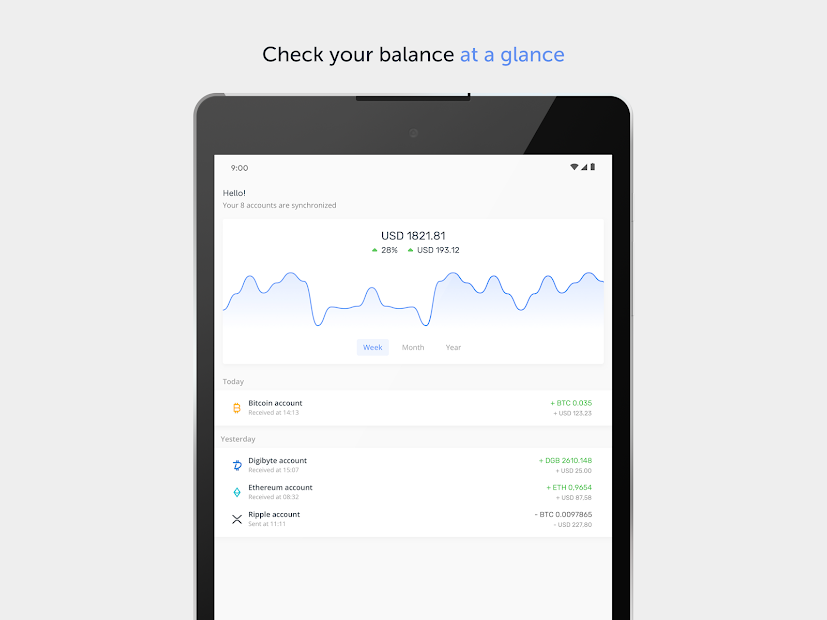

#Update ledger live update#
#Update ledger live registration#
On the flip side, if the SEC wins the case, it could upend the way crypto firms operate and usher in a new wave of registration rules that apply to securities. If Ripple prevails, the SEC could lose some of its credibility, giving other crypto-based companies the confidence to revolt. The outcome of the lawsuit will undoubtedly have far-reaching implications in the crypto space. While most companies targeted by the SEC in a similar matter chose to settle, Ripple decided to fight. Based on the commission’s definition of XRP in its lawsuit, the cryptocurrency would pass the Howey test, and according to SEC regulations, all securities must be registered. An asset is considered a security if it is sold with the expectation of getting profits from the efforts of other parties. Howey Co in 1946, to determine whether a cryptocurrency is a security. The SEC uses the “Howey test,” based on the Supreme Court ruling on SEC v. However, Ripple has strongly countered the claims, arguing that the SEC has been biased in its assessment. There have been arguments for and against the lawsuit. 22, 2020, the SEC filed a lawsuit against Ripple Labs and two of its executives on the grounds that they traded $1.3 billion in their XRP token as security without registering it with the commission. The big question is whether or not XRP is a security. Since late 2020, Ripple Labs, the creators of the XRP token, has been locked in a legal battle with the United States Securities and Exchange Commission. To learn more about this project, check out our deep dive of XRP. XRP is listed on many CeFi exchanges globally, including Binance, Huobi, FTX and Bitstamp. Through the Federated Consensus mechanism, all verified transactions can be processed without a single point of failure as no single participant makes a decision independently. There are currently over 150 validators on the ledger, operated by universities, exchanges, businesses, and individuals around the world. All transactions are public and transparent, and anyone can operate a validator. All servers in the network process each transaction according to the same rules, and any transaction that follows the protocol is confirmed right away. Transactions are confirmed on the XRPL through a consensus protocol, in which designated independent servers called validators come to an agreement on the order and outcome of XRP transactions. Unlike Bitcoin or Ethereum, the XRPL uses a unique Federated Consensus mechanism as its method of validating transactions.

The XRP Ledger architects gifted 80 billion XRP to Ripple so that the company could build use cases - including its global payments network, RippleNet - around the digital asset. How Many XRP Coins Are There in Circulation? Currently, the five main applications of the XRP Ledger are payments, tokenization, DeFi, CBDCs and stablecoins. On the XRP website, developers can access different tutorials to help them get started using different coding languages, building apps, managing accounts and more.Īlongside its native coin, XRP, the XRP Ledger is used by developers to create solutions that solve inefficiencies, including remittance and asset tokenization.

Deployed in 2012, the XRPL supports enterprises and Python, Java and JavaScript developers with powerful utility and flexibility. The XRP Ledger presents a wide variety of applications and use cases related to payments including micropayments, DeFi, and, soon, NFTs. In September that year, along with Chris Larsen, they founded the company that is today known as Ripple.

In 2012, David Schwartz, Jed McCaleb and Arthur Britto launched the XRP Ledger with its native currency XRP as a faster, more energy-efficient alternative to the Bitcoin blockchain. Since 2012, the XRP Ledger has been operating reliably, having closed 70 million ledgers. The XRP Ledger also features the first decentralized exchange (DEX) and custom tokenization capabilities built into the protocol. Benefits of the XRP Ledger include its low-cost ($0.0002 to transact), speed (settling transactions in 3-5 seconds), scalability (1,500 transactions per second) and inherently green attributes (carbon-neutral and energy-efficient). Launched in 2021, the XRP Ledger (XRPL) is an open-source, permissionless and decentralized technology.


 0 kommentar(er)
0 kommentar(er)
